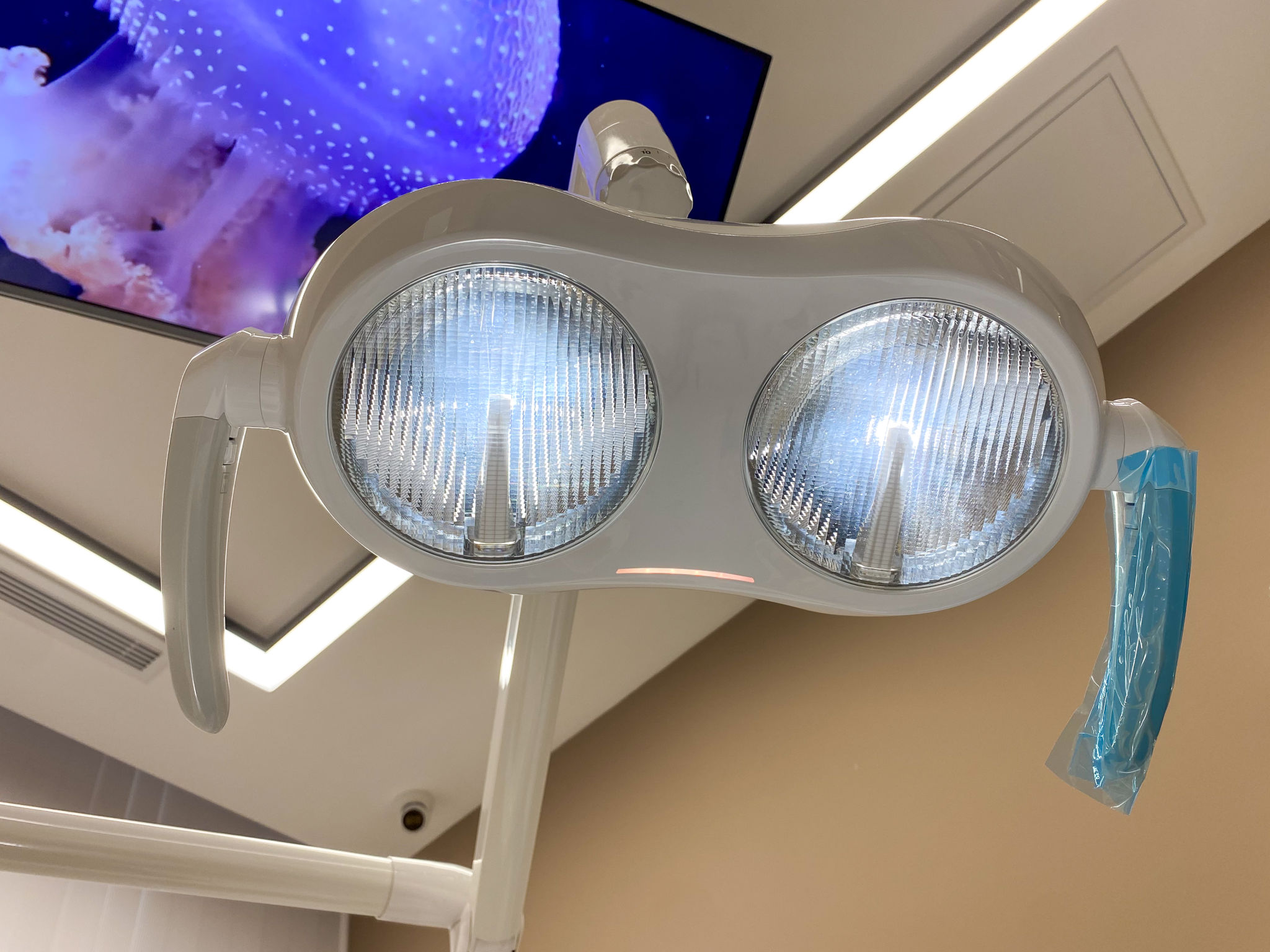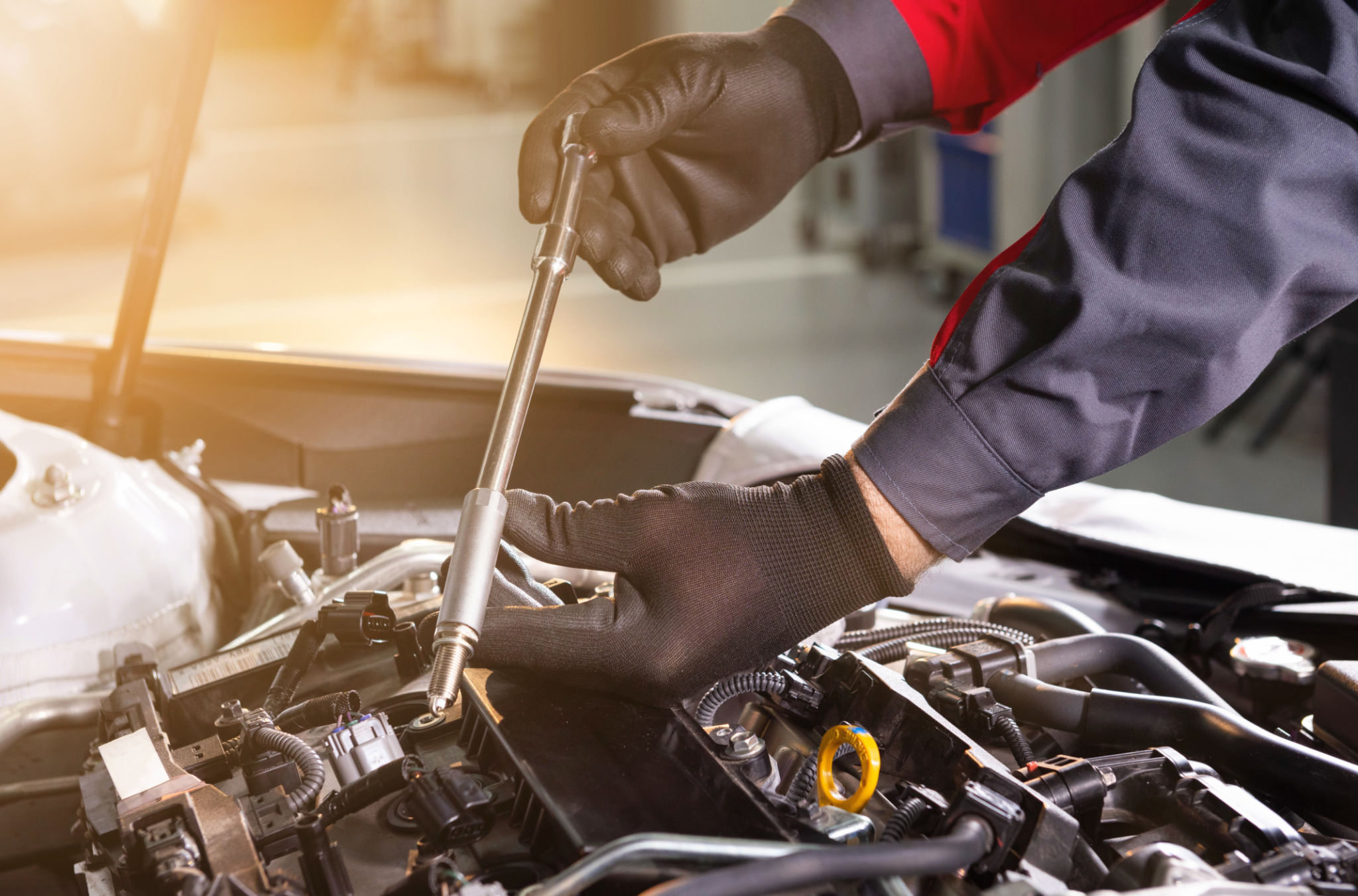Expert Advice: The Importance of Regular Car Light Diagnostics
The Role of Car Lights in Vehicle Safety
Car lights play a crucial role in ensuring the safety of both the driver and other road users. They are not just tools for illuminating the road ahead or signaling your intentions; they are vital for communication and visibility on the road. Properly functioning car lights are essential for safe driving, especially during poor weather conditions and nighttime.
Regular diagnostics of your car lights can help identify potential issues before they lead to unsafe driving conditions. By routinely checking your vehicle's lighting system, you can ensure that all components are working effectively, reducing the risk of accidents caused by poor visibility.

Common Issues with Car Lights
Car lights can encounter several issues over time. Common problems include burnt-out bulbs, faulty wiring, or misaligned headlights. Additionally, aging can cause lenses to become cloudy, reducing the effectiveness of your lights. Each of these issues can significantly impair visibility and the ability to communicate with other drivers.
It's important to address these problems quickly to maintain optimal vehicle safety. Ignoring these issues not only compromises your safety but could also lead to legal penalties, as most jurisdictions require all vehicle lights to be fully operational.
Signs That Your Car Lights Need Attention
Being aware of the signs indicating your car lights need diagnostics is crucial. Here are some indicators:
- Dim or flickering lights
- Unusual color changes in light output
- Persistent warning light on the dashboard
- Delayed response in turn signals

The Benefits of Regular Diagnostics
Conducting regular diagnostics on your car's lighting system offers numerous benefits. Early detection of minor issues can prevent more significant problems and costly repairs down the line. Additionally, regular checks ensure that your vehicle remains compliant with road safety standards.
A well-maintained lighting system enhances your vehicle's performance, ensuring that you have a clear view of the road and that other drivers can see you clearly. This proactive approach to car maintenance enhances safety for everyone on the road.
How to Conduct a Car Light Diagnostic
Conducting a car light diagnostic involves several steps:
- Check all exterior lights, including headlights, taillights, brake lights, and turn signals.
- Inspect for any physical damage or cloudiness in the lenses.
- Test the brightness and color consistency of each light.
- Listen for any unusual noises when turning lights on or off.

When to Seek Professional Help
While many light issues can be resolved with a simple bulb replacement, some problems require professional attention. Faulty wiring, for instance, is best handled by experienced technicians who can ensure safe and effective repairs. If you encounter persistent issues despite basic troubleshooting, it may be time to consult a professional.
Regular professional diagnostics not only address current issues but also provide insights into potential future problems. This foresight allows for better planning and ensures your vehicle remains in top condition.
A Commitment to Road Safety
Maintaining your car's lighting system is a small yet significant commitment to road safety. Regular diagnostics help ensure that your vehicle is equipped to handle varying road conditions while keeping you and other road users safe. Remember, well-functioning car lights are not just about compliance; they are about creating a safer driving environment for everyone.
